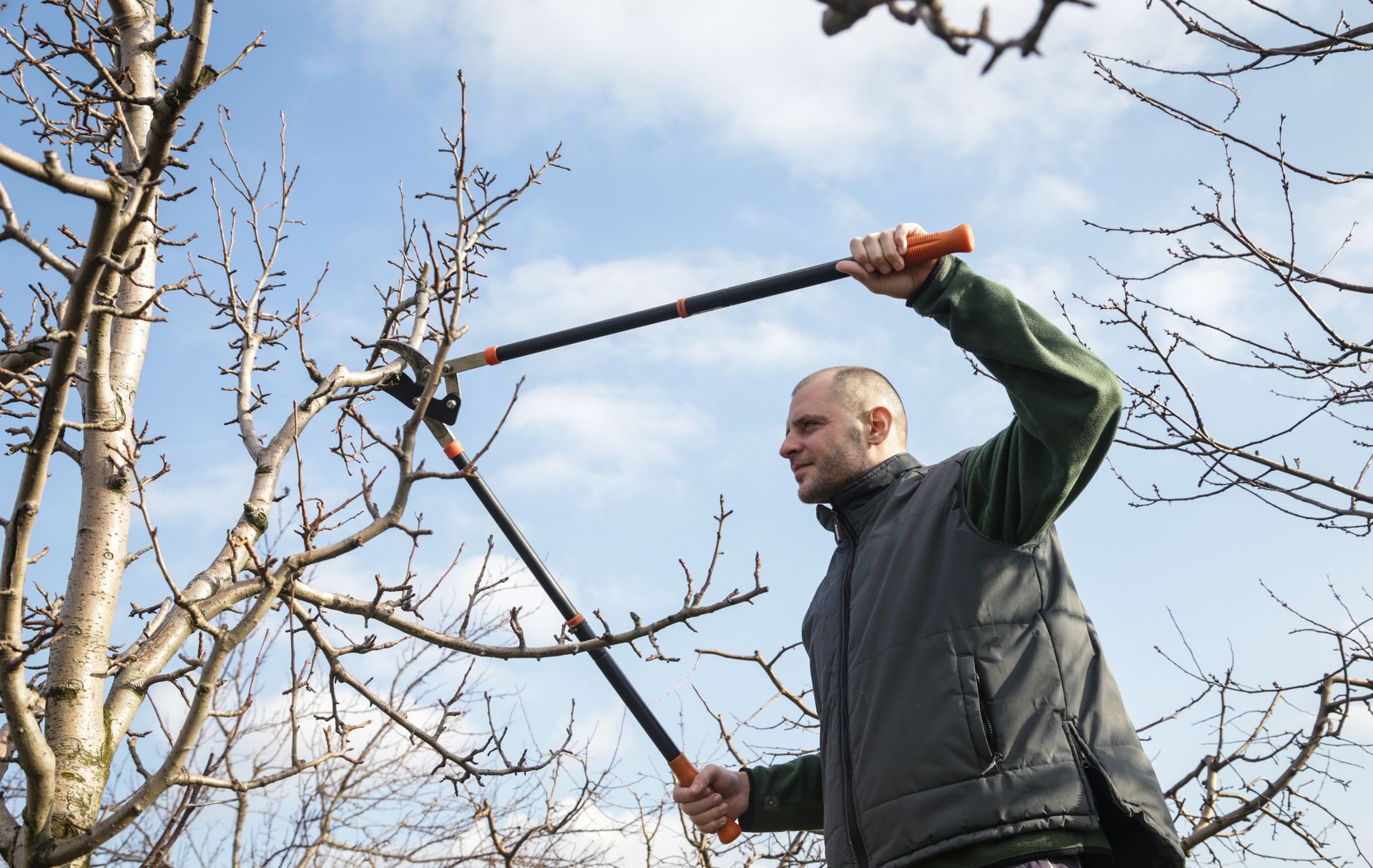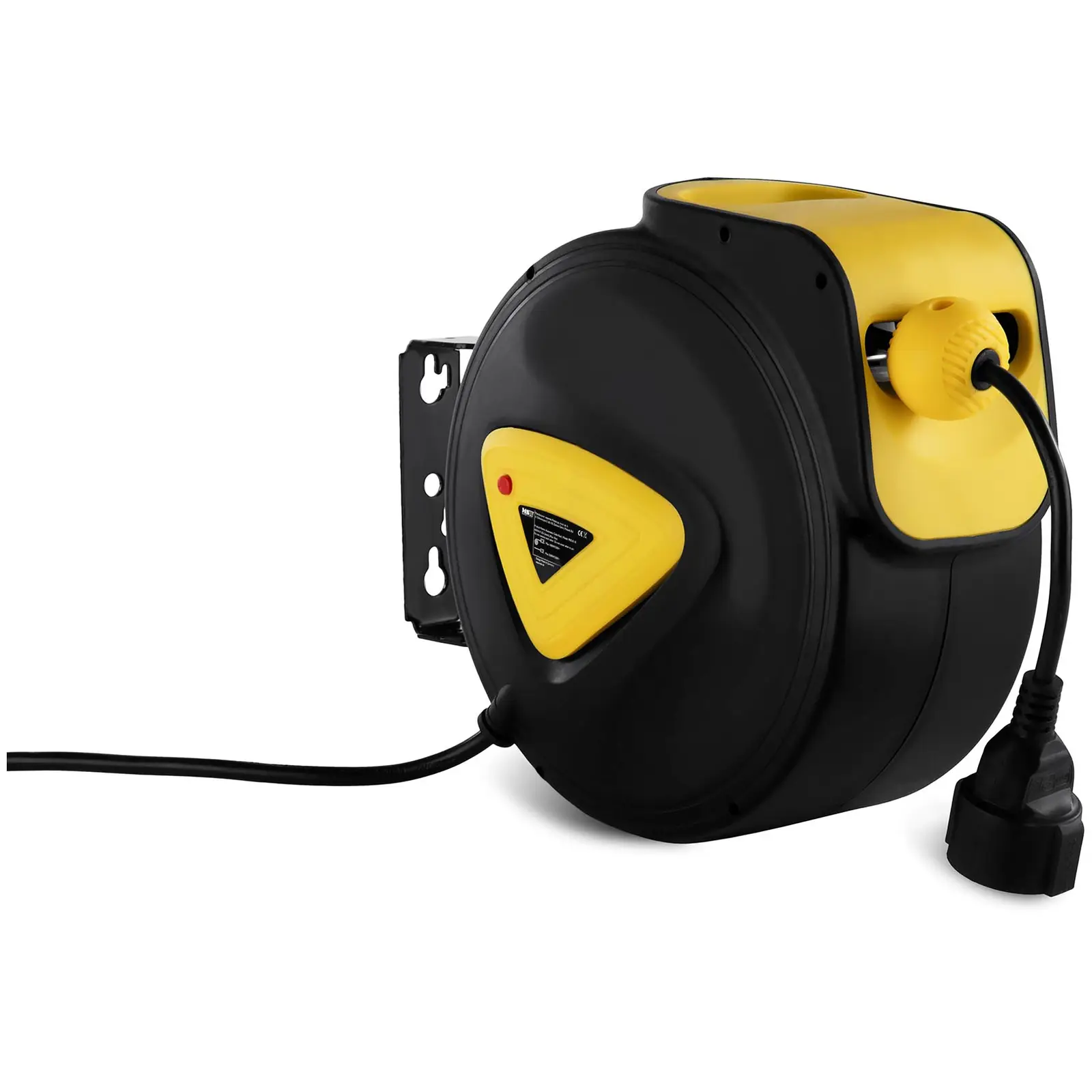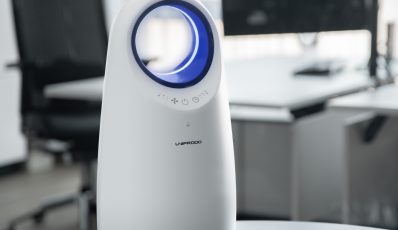Thinking of planting fruit trees on your property? It’s a rewarding choice, but be prepared for a bit of effort each year. The payoff is worth it, though – spring brings trees bursting with blossoms, and by autumn, you’ll enjoy a bounty of delicious fruit. But to get the best harvest, proper pruning is essential. So, when’s the right time to prune, and how should you do it? Let’s break it down!

Thinking of planting fruit trees on your property? It’s a rewarding choice, but be prepared for a bit of effort each year. The payoff is worth it, though – spring brings trees bursting with blossoms, and by autumn, you’ll enjoy a bounty of delicious fruit. But to get the best harvest, proper pruning is essential. So, when’s the right time to prune, and how should you do it? Let’s break it down!
Why is it worthwhile to prune fruit trees?
Pruning fruit trees is key to keeping them healthy. You can also spray them to provide extra protection against diseases and pests.
Pruning offers a lot of benefits. It removes weak, dead, and diseased branches, thins out the canopy, and boosts air circulation to the branches in the crown. This reduces the risk of diseases spreading in the dense foliage. It’s also essential for effective spraying, ensuring that protective treatments reach every branch of the tree.
With fruit tree pruning, you can control the trees’ growth. This keeps the height and spread of the crown in check, making harvesting easier. Pruning encourages the growth of new shoots and results in larger, more vibrant, and sweeter fruits.
When should you prune fruit trees?
Picking the right time to prune fruit trees can be tricky, as it depends on the type of tree and sometimes even the specific variety. That’s why you’ll find yourself pruning different fruit trees at various times of the year.
When’s the best time to prune apple trees?
You should prune apple trees twice a year. The first cut is in winter, ideally at the end of February, while the tree is dormant and can handle a heavier pruning. As spring arrives, the apple tree starts to grow vigorously and fully recovers from the cut.
The second prune is in summer. After the winter cut, a lot of new shoots appear, and most should be removed to open up the crown and let light reach the fruit. This process is safe for the tree – dry summer air reduces the risk of fungal infections.
Pruning pear trees like apple trees
Treat pear trees just like apple trees. Do the first, more intensive prune at the seasonal transition in February/March and the second, lighter one between July and August.
The right time to prune peach and apricot trees
For frost-sensitive fruit trees, the pruning timing is a bit later than for native pears and apples. Since peaches, apricots, and nectarines come from warmer regions of Europe, they shouldn’t be exposed to low temperatures after pruning. Therefore, it’s best to prune them in April.
Maintenance pruning of cherry trees in summer
Sweet and sour cherries are particularly prone to disease, with bacterial canker being especially risky. That’s why it’s best to prune them in summer, right after you’ve harvested the fruit. Choose a dry, warm day in late July or early August for the job.
When should I prune a plum tree?
The answer varies – the timing depends on whether it’s an early or late variety. For early types, prune right after the fruit harvest, in late August or early September. For late-bearing plum trees, go for a maintenance prune in late March or early April.


How do you prune fruit trees?
Fruit trees need regular pruning. Occasionally, a plant requires a thorough rejuvenating prune, and sometimes, unexpected cuts are necessary. Find out which types of pruning you can perform throughout the year.
Rejuvenating Prune
When it comes to pruning old fruit trees, don’t be sentimental – remove the oldest branches and shoots and significantly shorten others. The good news is you don’t need to rejuvenate fruit trees all at once; you can easily spread the process over two or even three seasons. In Germany, a drastic prune can only be carried out from early November to late February.
Shaping Prune
Pruning fruit trees so that their crown is evenly distributed and the trunk clearly defined has many benefits. A shaping prune ensures proper tree growth. It provides the shoots with the right amount of light, enhancing fruit production, and also improves the trees’ appearance.
Health and Maintenance Prune
A maintenance prune is carried out regularly to remove broken, weak, wilted, or pest-infested shoots. A health prune is your response to a disease outbreak, and you should do it when you notice that shoots could become a source of infection for the whole tree.
Corrective Prune
Old, neglected fruit trees often need a corrective prune to get them back into a good shape and health. Remove any vigorous shoots that grow beyond the crown’s shape, along with branches that grow inward.
What do you use to prune fruit trees?
Which garden tools should you choose for pruning fruit trees? You’ll definitely need different types of garden shears that are useful for a range of tasks.
Use small, handy garden shears to trim wild shoots that don’t flower or bear fruit. They’re also perfect for precision cuts, e.g., on conifer trees. For removing slightly woody branches, opt for a larger and sturdier pair of shears. Two-handed pruning shears are indispensable for cutting through old branches. When dealing with very thick wood, manual strength often isn’t enough. Just like a hedge trimmer when trimming hedges, a chainsaw is a must-have for trees.
This basic toolkit is enough to handle all your fruit tree pruning tasks. Don’t forget to disinfect the blades of your garden shears after each use – it helps prevent the spread of diseases between plants in your garden.
Mistakes to avoid when pruning fruit trees
The biggest mistake beginners make is pruning fruit trees in autumn. This season is not suitable for such tasks, as the damp air encourages the spread of various fungal diseases, especially on freshly pruned trees.
Moreover, the first frosts weaken the trees at the cut points before they have a chance to heal and recover. In winter, frost isn’t as dangerous because the trees are dormant. In autumn, however, the trees are in full vitality.
The second mistake is ignoring the weather when pruning in summer. This applies not only to fruit trees but to all garden plants.
Always prune fruit trees with sharp tools – blunt blades prevent clean cuts, crush the shoots, and cause lasting damage.
Wrapping up: how to prune fruit trees
If you want your orchard to burst into blossom come spring and provide a plentiful harvest in autumn, make sure you prune your fruit trees regularly. By summer, the garden will be in full bloom. Pruning keeps the plants healthy, encourages growth, and protects the trees from fungal diseases.
With the tips discussed above, you now know when to prune different types of fruit trees and the best pruning techniques to use. Put them into practice and enjoy beautiful trees and a bountiful harvest!
And remember: collecting the pruned shoots and branches is just as important for your garden as raking up leaves!








Share